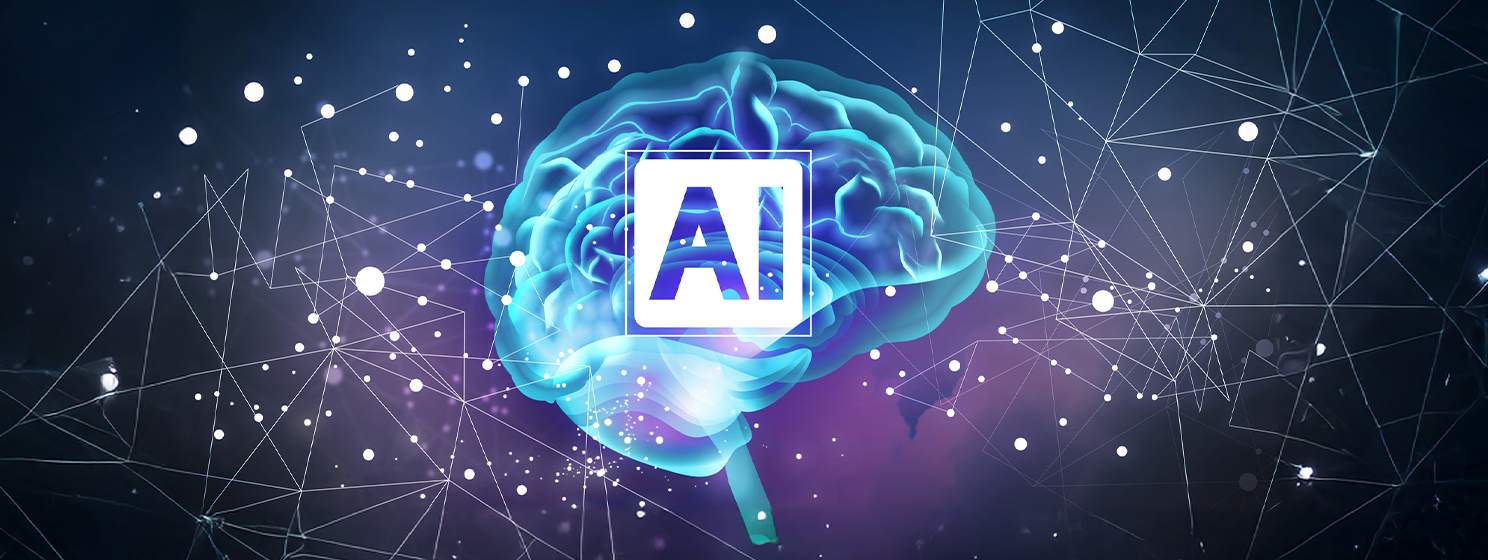|
Getting your Trinity Audio player ready...
|
OpenAI launches 4o Image Generation model
Last week, OpenAI rolled out its new image generation model, 4o Image Generation, the successor to DALL-E 3, and made it available to GPT Plus, Team, and Pro users.
During the demo, the OpenAI team positioned 4o Image Generation as more of a practical tool than its predecessor, claiming it’s built for real-world use cases like generating company logos, diagrams, charts, menus, storyboards, and characters. Essentially, it is the kind of utility people would need in the workplace, not just random generative artificial intelligence (AI) capabilities with no real use cases.
4o Image generation is OpenAI’s first model fully integrated into OpenAI’s flagship model, which makes it natively multimodal. That means it can generate images in the middle of a conversation, customize uploaded images, and maintain consistency across multiple iterations. It can handle complex prompts, correctly place 10–20 distinct objects in an image, and generate readable and accurate text within visuals, which is something previous models consistently struggled with.
Until recently, generative image tools were more novelty than necessity. People primarily used them to have fun and test system limits. But now, this upgrade gives anyone the ability to essentially have an entry-level graphic designer by their side. The only barrier is that the quality of the AI’s output will only be as good as the user’s ability to prompt it.
That said, like most upgrades I see in AI models today, I think this one will run into the same roadblock: the user. These models keep getting more capable, but people still use them in primitive ways. For example, while 4o can generate marketing decks and brand visuals, its current use case seems to be turning random pictures and memes into “Studio Ghibli-style” fan art to post on X (formerly Twitter).
But this problem goes beyond image generation and bleeds into generative AI in general. AI models have become extremely capable over the last few years, but people still use them primarily as glorified search engines. Until we have education campaigns, workshops, or resources that show people what’s really possible, we’ll keep seeing powerful tools used like toys.
Elon Musk’s xAI acquires X
Last week, xAI, Elon Musk‘s AI company, formally acquired X in an all-stock deal. No cash changed hands. Instead, shareholders of X received stock in xAI, valuing the social media platform at $33 billion—$45 billion minus $12 billion in debt. This places xAI’s post-acquisition valuation at $80 billion.
From the outside, this deal looks a lot like Musk shaking his own hand. Musk is CEO of both xAI and X, and he’s been blending the companies for a while. xAI’s generative AI chatbot, Grok, has been embedded in X.com since late 2023. But now that the ownership is official, there are no longer any blurred lines when it comes to product integration, data access, and the company’s long-term strategy.
Musk framed the acquisition as a move that allows both companies to benefit from new synergies; in his March 28th announcement, he said, “xAI and X’s futures are intertwined,” and highlighted how the combination of data, models, compute, distribution, and talent will “unlock immense potential.”
One of the biggest wins for xAI here is distribution. Any product xAI launches now has immediate access to X’s reported 600 million active users. This diminishes the need for external marketing because, with X as a direct distribution channel, xAI can rapidly test and scale its products to hundreds of millions of users.
Another significant benefit xAI experiences from the acquisition comes in the form of training data. X is a social media platform, which means it’s a user-generated content goldmine. Users post everything from text to memes to videos to audio clips. All of these become data points that can be used for training models. Now that xAI owns the platform, it’s not just scraping public data; it’s training from within its own walled garden. Structurally, this could also mean no other AI company can legally train on that data without permission.
Another advantage worth mentioning is that now that Musk has consolidated his business ventures, fundraising should become easier since he only needs to raise capital for xAI Holdings Corp instead of what was formerly two separate entities, X and xAI.
OpenAI faces investor pressure to drop non-profit statusAccording to the Wall Street Journal (WSJ), OpenAI is under increasing pressure from investors to convert from a non-profit to a for-profit entity. Investors are offering a potential $40 billion fundraising round as an incentive to complete the conversion within a year.
If OpenAI doesn’t finalize the conversion by year-end, it will only receive half of the funding ($20 billion in two $10 billion tranches). SoftBank is expected to lead the round, committing $30 billion and syndicating the remaining $10 billion to other backers.
This is the latest update in OpenAI’s long-standing struggle between non-profit governance and its profit-hungry investors. Currently, the company is governed by a non-profit board that isn’t legally obligated to prioritize investors even though OpenAI’s capped-profit subsidiary has taken billions in venture capital (VC) funding.
Investors find this non-profit model highly disadvantageous. The risks of this structure became clear in 2023 when the board abruptly fired CEO Sam Altman without investor or employee input, sparking internal chaos at the company. Investors viewed the move as a red flag, especially since major stakeholders had little to no say in the company’s direction. This kind of uncertainty makes investors fearful to pull out their checkbooks.
But converting to a for-profit entity won’t be all smooth sailing. Elon Musk recently filed a lawsuit against OpenAI, its creators, and some of its investors, partially aimed at blocking the company’s conversion to a for-profit entity. The lawsuit argues that turning OpenAI into a for-profit entity betrays the founding principles that originally guided the company, namely, that it was supposed to be an open-source, public-serving institution.
In order for artificial intelligence (AI) to work right within the law and thrive in the face of growing challenges, it needs to integrate an enterprise blockchain system that ensures data input quality and ownership—allowing it to keep data safe while also guaranteeing the immutability of data. Check out CoinGeek’s coverage on this emerging tech to learn more why Enterprise blockchain will be the backbone of AI.
Watch: Transformative AI applications are coming

 12-21-2025
12-21-2025 




